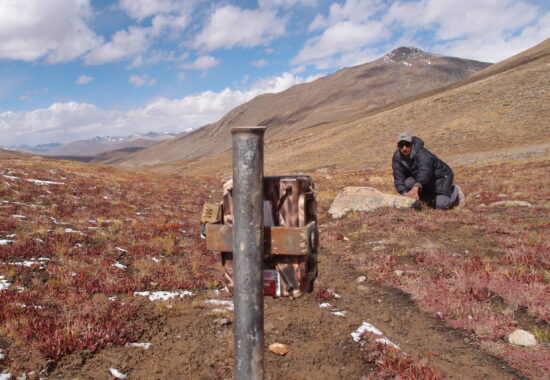

The occupancy surveys are considered reliable in scientific circles for being statistically robust and cost-effective in long-term monitoring of a species. This technique proves significant when dealing with threatened species like the iconic snow leopard. Since its inception in 2008, SLF has been involved in obtaining data through occupancy based on sign tracks using Snow Leopard Information Management System (SLIMS). Technological advancements in wildlife research has led scientists to opt for more reliable and authentic techniques for learning ecology and monitoring purposes. One of these is the non-invasive technique of “Camera trapping.” Data and information captured through camera traps is then used to carry out site-use and site occupancy surveys of species. These studies aid in identifying various constant and altering factors or variables showing effects on the occupancy of species. It can be conducted simply by making a trap history based on captured photos of a particular species, assigning 1 for detection while 0 for non-detection. Set of environmental layers can be obtained through various online sources. The occupancy surveys are handy in understanding the habitat preference of a species in a particular area and specific variables in play affecting its detection in a given sampling period of time. The implication drawn from these studies is pivotal in terms of identifying the changing environmental or physical conditions important for a species and in devising proper survival strategies.